How Fast Do Emerald Green Arborvitae Trees Grow? Growth Rate & Conditions
-
Pete Ortiz
- Last updated:
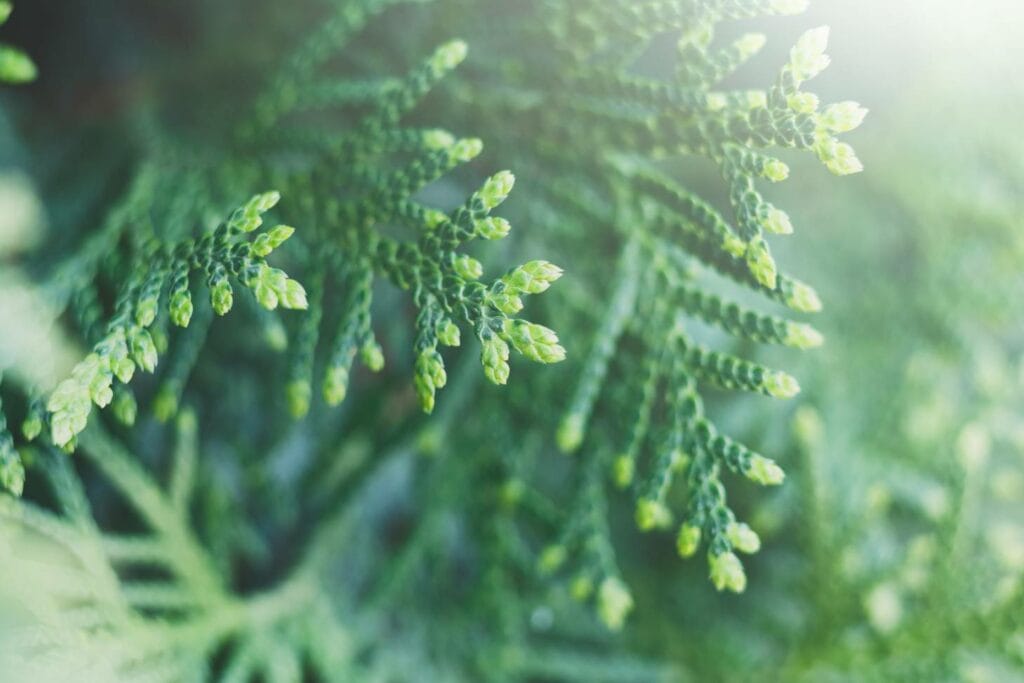
Emerald Green Arborvitae trees are hardy evergreens that are a popular choice for adding charm and privacy to gardens due to their relatively fast growth rates. They can be shaped and pruned to create the perfect hedge of greenery and have a reputation for low maintenance.
If you want to create a hedge for privacy, drown out the sound, or simply beautify your garden, then this may be the perfect tree. They can quickly be a part of your landscape with a growing rate of 9 inches a year and standing tall at 12–15 feet.
What Is the Growth Rate of Emerald Green Arborvitae Trees?
Emerald Green Arborvitaes can grow up to 24 inches in a single growing season under ideal conditions. They grow at a rate of approximately 9 inches per year. They will grow 12-18 inches per year when they are first established and will slow their growth rate to about 6-9 inches per year. The Arborvitae grows about 12-15 feet tall and 3–4 feet wide.
Their growth rate is determined by their growth stage, planting location, and soil conditions. The average annual growth rate of the Emerald Green Arborvitae typically applies to those with constant access to vital macro and micronutrients, planted in the correct sun/shade ratio, and watered adequately.
Fast-growing trees can deplete the soil of its natural nutrients over time, so as they progress, they can benefit from supplemental nutrients to maintain their expected growth rate.
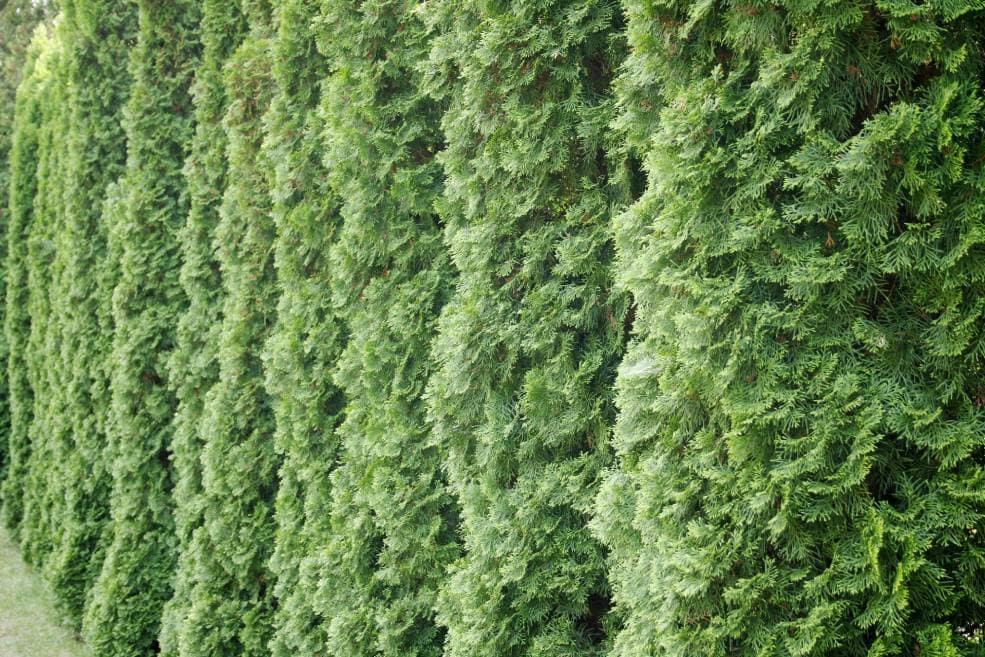
How To Plant Emerald Green Arborvitae Trees
For the best growth, new trees must be planted away from fences and other structures due to the size they reach at maturity. You should allow 3–4 feet between the plants when planting a sapling.
When creating a privacy border, plant the trees with a 3–5-foot gap to allow more room for growth and prevent roots from merging too tightly. You can also plant two rows diagonally and offset them to create a border twice as quickly as a single line. To grow a hedge, you must trim them to the desired height when they are saplings.
Only buds on the ends of new green wood grow new shoots, and older branches that have been exposed will not produce new growth, and over-pruning them when they have grown will leave you with a bare hedge.
The best time to plant an Emerald Green Arborvitae is in the fall, when the tree will be less affected by heat. Choose a location that receives at least 6 hours of direct sunlight per day, as well as some partial shade.
Growing Conditions for an Emerald Green Arborvitae Tree
Once established, Emerald Green Arborvitae are very low-maintenance plants, but to get them established, they need the right growing conditions.
Soil
These trees are highly adaptable, surviving in various soil types. Soils that are consistently moist and well-drained with neutral or alkaline pH levels in the range of 6-8 are ideal for thriving and are usually preferred.

Water
When the Arborvitae is under-watered, the leaves turn brown or yellow, and if over-watered, the tree may suffer from root rot. Water an Emerald Green Arborvitae twice weekly for the first few months after planting it. Watering can then be reduced to 1–2 inches per week.
Sun and Shade
The Emerald Green Arborvitae prefers full sun but can also grow in partial shade. The trees require at least 6 hours of direct sunlight per day to thrive.
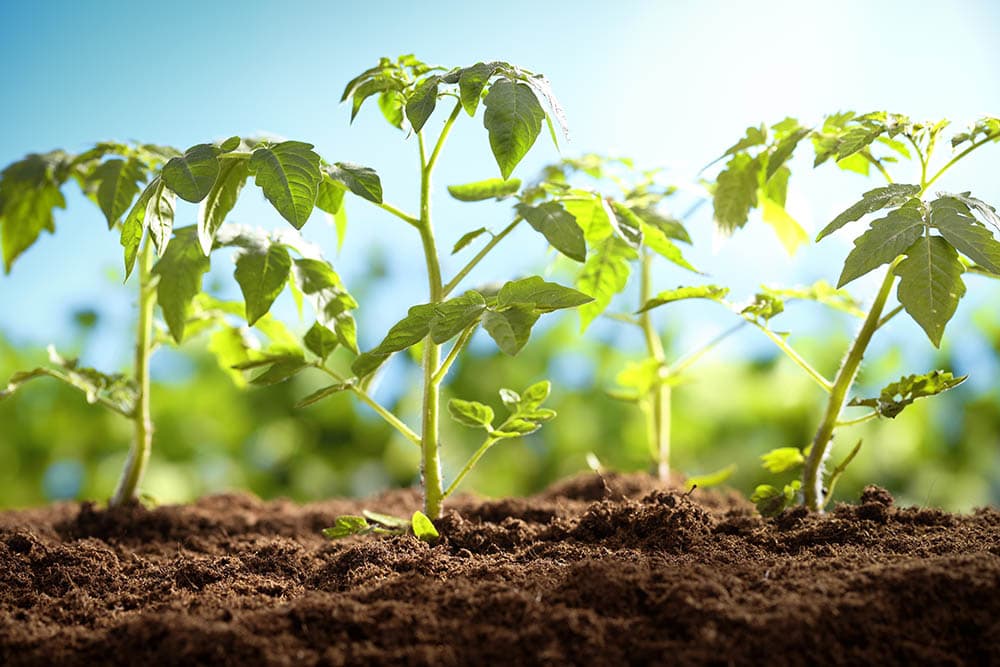
Temperature
Emerald Green Arborvitae thrives in dry, cool environments. However, once they are established, they are more cold-resistant and tolerant of climates that experience ice and snow.
How To Increase the Growth of Emerald Green Arborvitae Trees
Here are some tips to boost the growth and help it reach optimal growth.
Plant Them at the Right Time of Year
Late autumn or early spring is a good time for planting. This is when they revive from dormancy or just before they enter it.
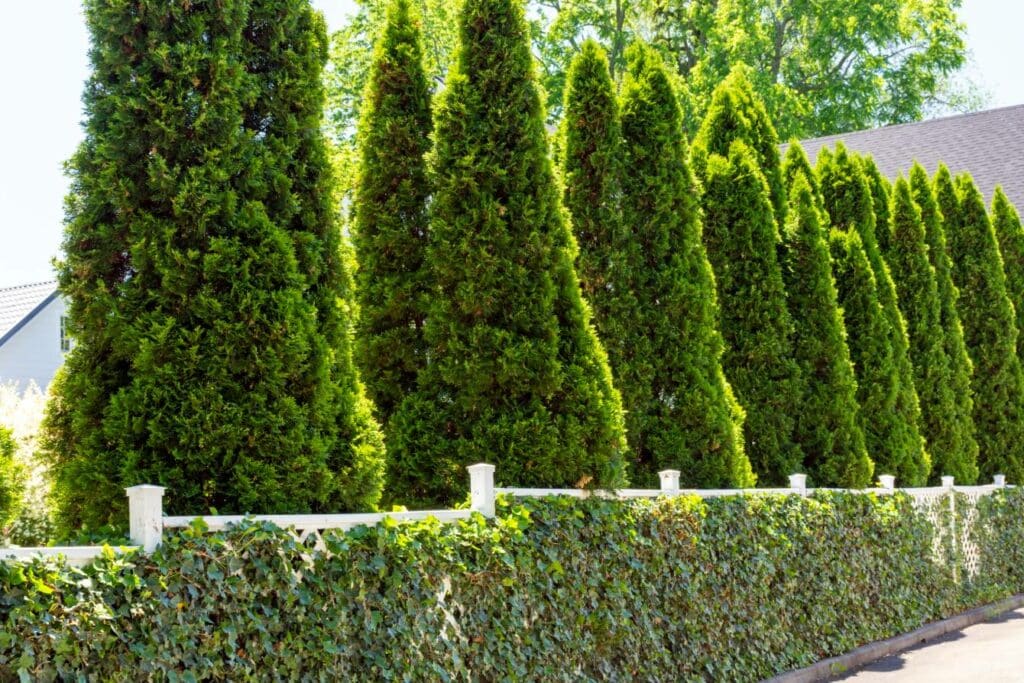
Plant Them Correctly
You’re already off to a good start by selecting a planting location that has adequate sun, partial shade, and good soil conditions.
Make Sure it Is the Right Variety for Your Zone
Check to see if the Emerald Green Arborvitae variety is suitable for your hardiness zone. They do best in cold climates and thrive in Zones 2–8. However, they struggle in hot, humid climates. The areas where it struggles are along the West Coast, in the Deep South, and in Florida.
Look After Them in Winter
During the winter, snow and ice can accumulate around the trunk, which can result in root damage.
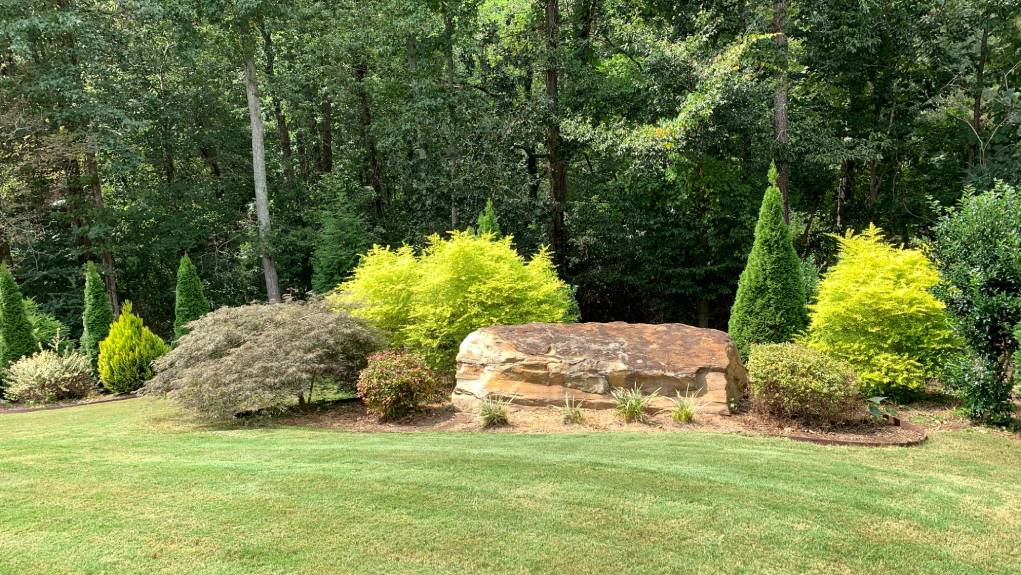
Water Saplings
When the trees are still saplings, they need adequate water to establish their root system, so ensure they are being watered properly while trying to establish them. New trees require about an inch of water twice per week for the first 3 months.
Fertilize
Arborvitae trees don’t typically require feeding, but to stimulate growth, you can use a slow-release, balanced fertilizer with an NPK value of 10-10-10 in the spring.

Prune
The trees do not require pruning, but trimming the leafy growths of branches in early spring can encourage thicker growth. If you notice any dead branches or branches that are diseased, remove them right away.
Emerald Green Arborvitae Tree Problems
Like other trees, Arborvitae trees can encounter some common problems, and by knowing what those are, you can help prevent them.
Bagworms are particularly fond of Emerald Green Arborvitaes. They enjoy feeding on the foliage of the tree. Spider mites are another pest that can cause problems for the trees, and they prefer warm conditions under direct sunlight.
Kill spider mites by mixing 1 cup of rubbing alcohol with 4 cups of water and spraying the solution on your plants. You can also spray plants with hard bursts of water on a regular basis, concentrating on the undersides of leaves or needles. If you only find a few bagworms, you may have caught the infestation early enough. Handpick the bugs off the foliage and get rid of them.
Arborvitae can struggle with fungal infections such as blight and canker when air circulation is inadequate. If Emerald Green Arborvitae trees are planted too close together, and the soil has poor drainage, fungal infections are more likely.
- Related Read: Is My Arborvitae Dying (10 Signs to Look For)
Conclusion
Arborvitae trees are highly valued for their ability to add beauty and privacy and are a popular choice thanks to their fast growth rate. Growing at about 9 inches a year and reaching heights up 15 feet, the Emerald Green Arborvitae can quickly be the main attraction in your garden. Although they are easy to maintain, optimal planting and growing conditions will help boost the evergreens. By providing the proper care, they can thrive and reach their full potential.
Featured Image Credit: Prostock Studio, Shutterstock
Contents


